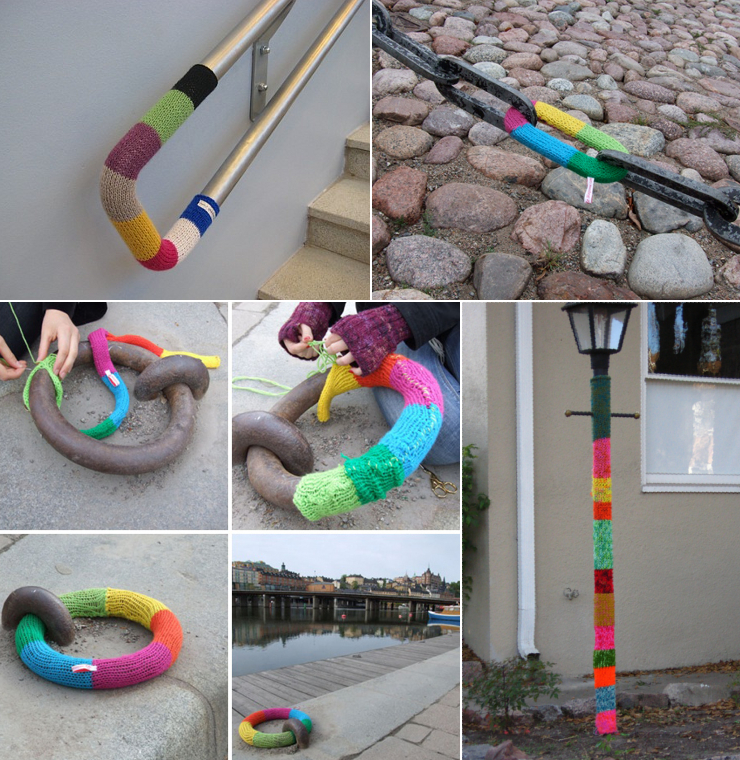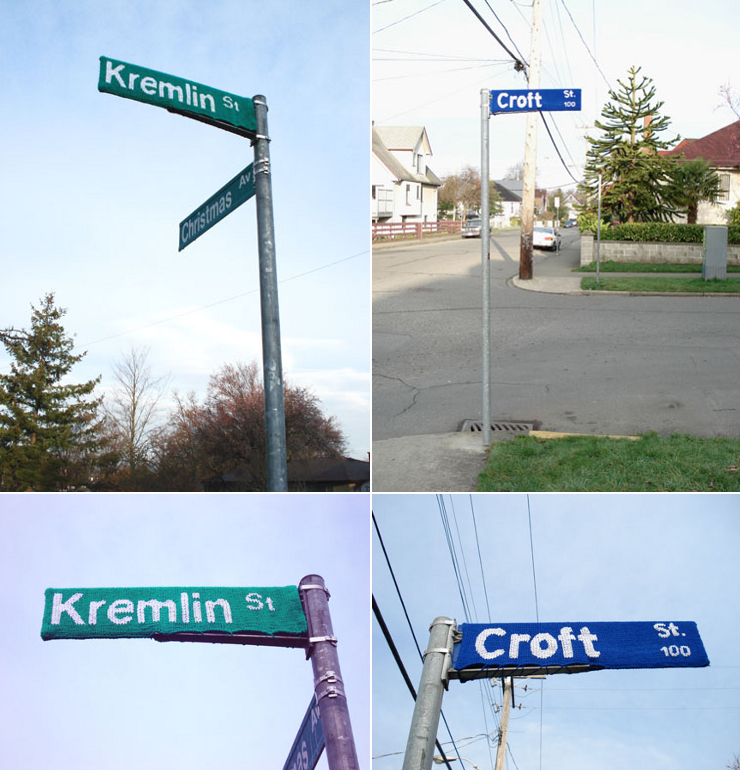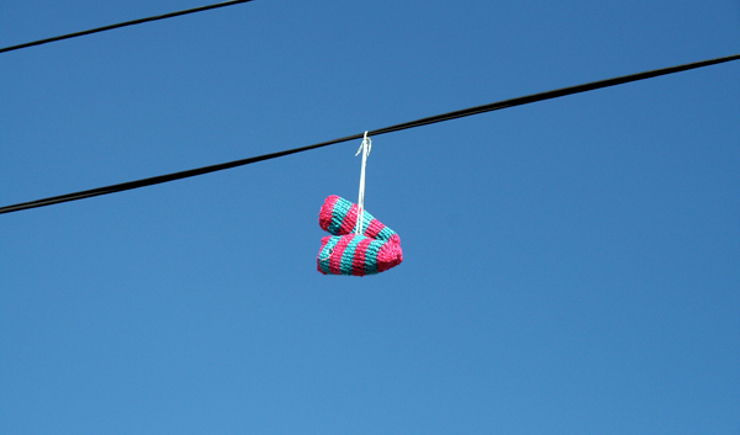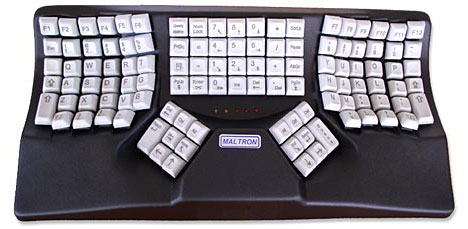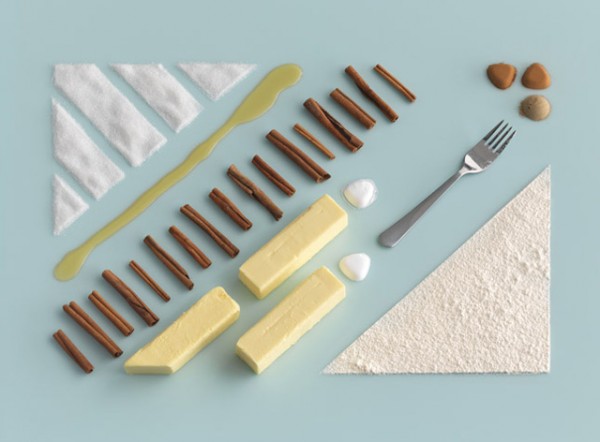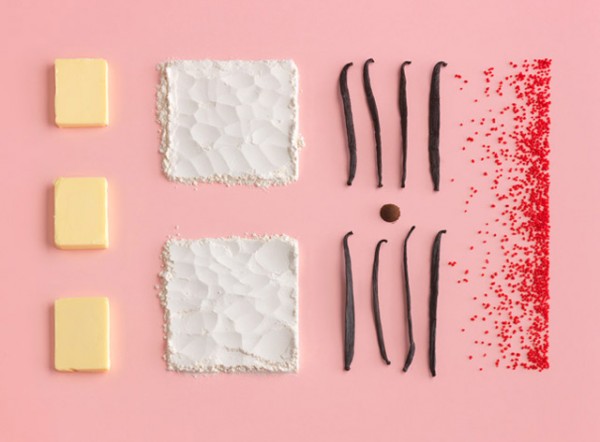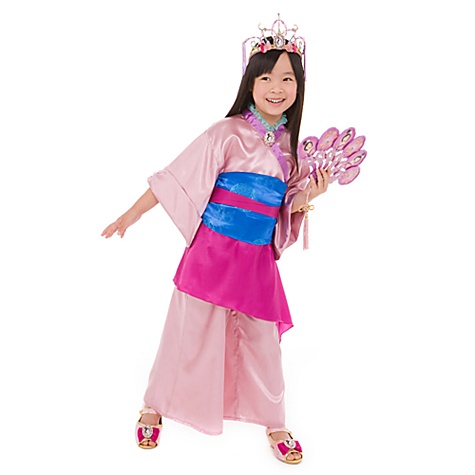In an Earlier blogpost, I wrote about the maltron keyboard. I wrote about how it is aesthetically unappealing, but extremely ergonomically friendly. I would like to talk about that some more.
 |
| Maltron keyboard |
First of all, let’s compare this to other keyboards. Other keyboards use the QWERTY keyboard, which is named because of the order of the keys on the keyboard. Maltron is named after its inventor, Lilian Malt, a keyboard training consultant who wanted a more efficient keyboard. Malt paired with electronics engineer Stephen Hobday who crated an algorithm that calculated how often each letter is typed in the English language. From there, they placed the most often used keys within the home row. 91% of the keys that are typed are within the home row on a maltron keyboard, compared to just 51% on the QWERTY.
 |
| ergonomic keyboard |
Within a typical day, a typists’ hands move 20 miles, which puts a lot of strain on their hands. The normal keyboard can cause carpal tunnel and a multiple of strain problems, including carpal tunnel and wrist strain. To correct this problem, other companies have developed an ergonomic keyboard that tilts the hands towards each other to reduce the amount your wrists have to twist. Maltron keyboards take it a step further and make it ergonomically friendly not only for the wrists, but for the fingers too by curving the finger area. The keys curve downwards which is friendlier to your hands because your hands are not designed to stay flat. According to the website, it’s to account for the different lengths of each of your fingers “to reduce movement and tension”. Professional typists claim that they experience no pain whatsoever using a Maltron keyboard, while a normal keyboard or even ergonomic keyboards made typing excruciating.
The Maltron keyboard improves productivity greatly according to users. Typists claim they can type conversations in real time accurately with the keyboard, with some even claiming the ability to type over 200 words per minute. Typing is apparently much more accurate because your fingers don’t have to move to the side as much, so it reduces the likelihood that your finger will miss. Can you imagine how quick writing blogposts could be? You could be done in under 10 minutes.
According to users, there’s a steep learning curve. It takes about a month to get used to the maltron keyboard, and if the person uses a QWERTY keyboard at any time, it severely hinders the learning curve. This is what makes people so hesitant to switch over. It also makes switching back to a QWERTY keyboard difficult. It’s often very frustrating for the person to go from typing relatively quickly to hunting and pecking. But after that month, you will be typing faster than ever.
 |
| regular keyboard |
Aesthetically, this is not the best keyboard. Not even close. The keyboard looks old and needs a serious makeover. It’s big and bulky and made of plastic that keyboards were made of in the mid 90s.
If this keyboard is so great, why aren’t we all using it? It’s because the keyboard is five hundred dollars and the price is off-putting to potential customers (like myself). But apparently it's a great investment because they last for decades.
http://www.maltron.com/component/content/article/16.html
http://www.time.com/time/magazine/article/0,9171,954633,00.html
http://www.gizmag.com/go/4086/

















